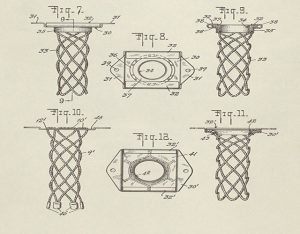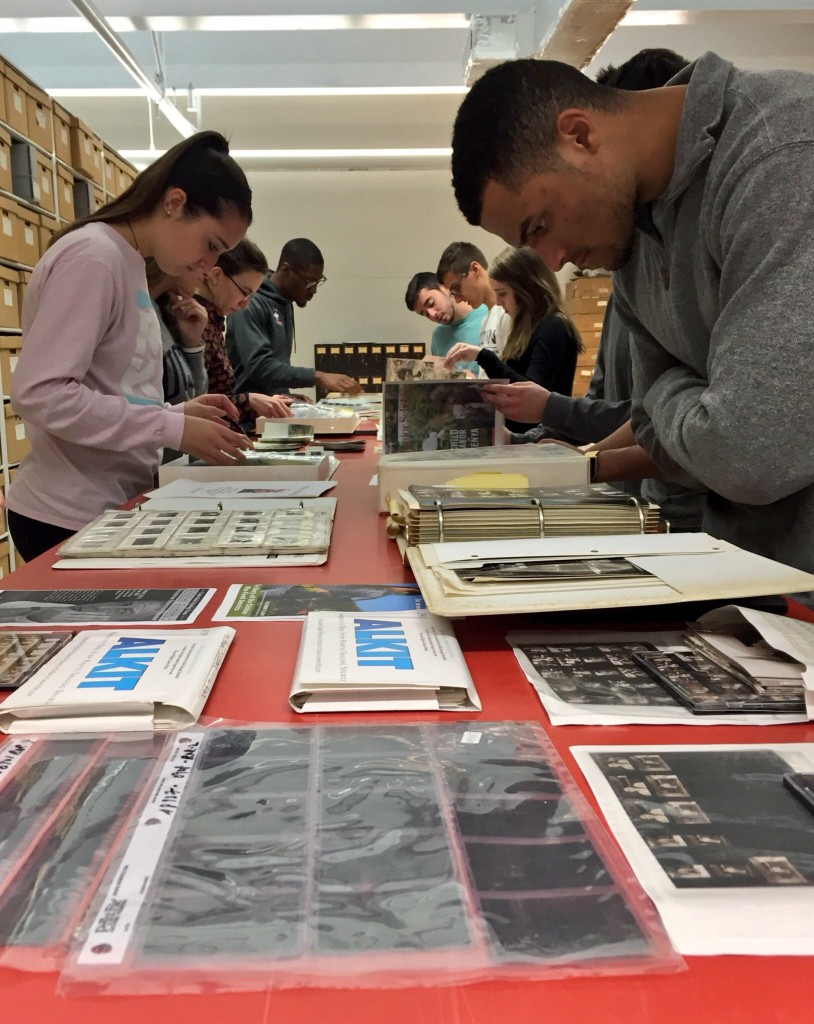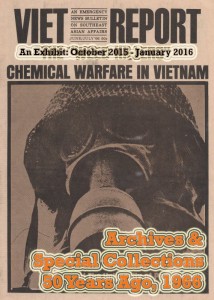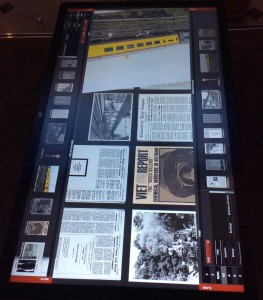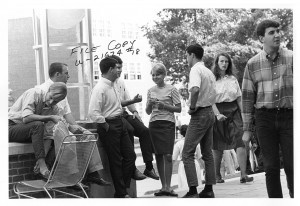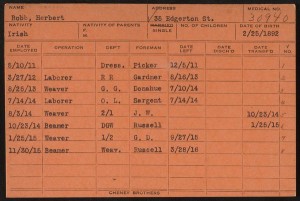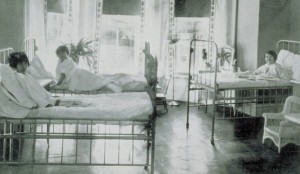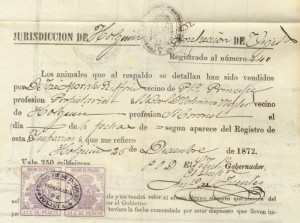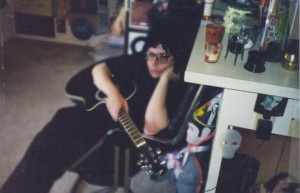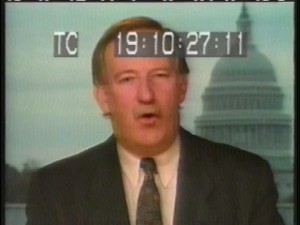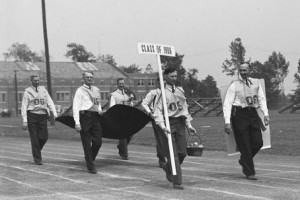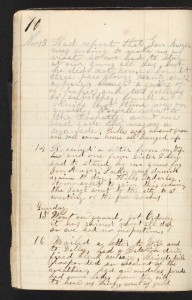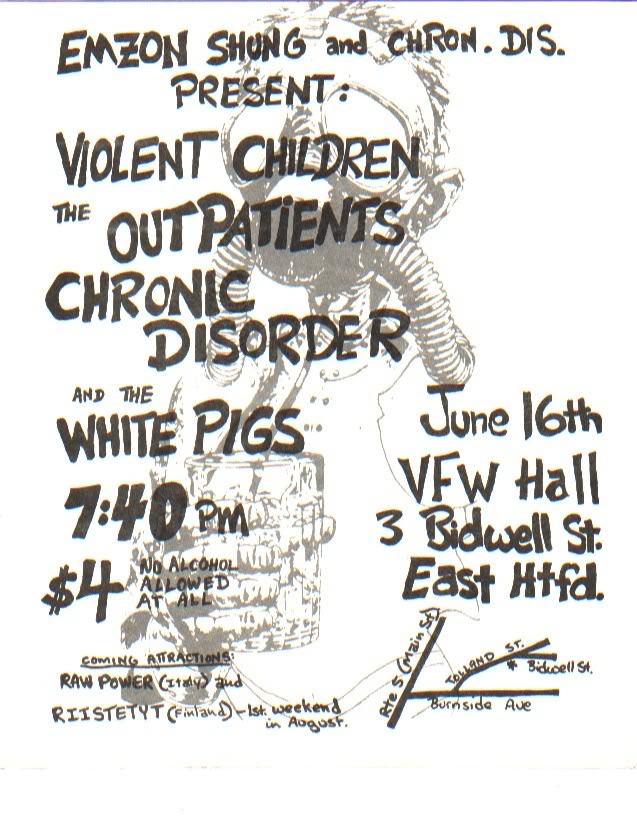Vivien Kellems is a stanchion of Connecticut history. She ran the Westport-based company Kellems Cable Grips Inc. which produced and sold the revolutionary invention patented by her brother: an endless-weave cable grip to secure electrical and bridge cables. Ms. Kellems also became a prominent political figure running for senate and governor as well as repeatedly speaking out for tax and voting reform.
Occasionally work in the archives requires a bit of a detective edge. We come across papers and objects that we’re not quite sure how to describe or what their original purpose may have been. Such was the case recently while processing the Vivien Kellems Papers when I came across a set of peculiar items. Although I knew The Kellems Company produced extremely large cable grips for buildings and bridges, I was perplexed to find a set of very small ones.
The answer was found in a piece of correspondence within the collection. These small cable grips were sold to hospitals and used to stabilize injured fingers. When they are slipped onto the finger and tension is applied to the metal tab at the end, the wire mesh gently tightens allowing the fingers to be suspended and secured while they healed.
Vivien Kellems also promoted the use of small cable grips in the home for such purposes as securing taper candles in their holders. An innovative and interesting woman, Vivien Kellems is certainly a rich character in Connecticut’s history. Be sure to check out the rest of her collection in our digital repository https://collections.ctdigitalarchive.org/islandora/search/%22Vivien%20Kellems%22?type=edismax&islandora_solr_search_navigation=0 which is being added to as this collection is processed.

